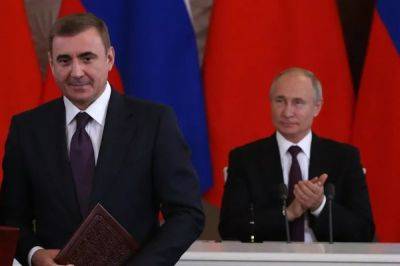In Xi’s China, Politics Eventually Catches Up With Everyone
In 1996, when Peter Hessler taught at a small college in Sichuan Province, 90 percent of his students came from villages. Mr. Hessler, 5 feet 9 inches, towered over them by about half a head. They often had just one outfit to wear: a blue suit jacket, or maybe a knockoff Chicago Bulls jersey. One student told him decades later that he could afford only one meal a day.
Mr. Hessler returned to China in 2019 to teach at Sichuan University-Pittsburgh Institute. This time, all his nonfiction writing students came from cities, and some of the women in his class were even taller than him. A couple of students wore retro Air Jordans that cost hundreds of dollars.
The changes he observed reflected how, in a generation, China had transformed. The country’s population flipped from 70 percent villagers to two-thirds city dwellers. Economic output per person rose twentyfold, according to the World Bank. A 2020 study in The Lancet, a medical journal, reported that, out of 200 countries, boys in China had the largest increase in height from 1985 to 2019, while Chinese girls had the third largest.
But the political system that defined society had not changed one bit, Mr. Hessler writes in his new book, “Other Rivers: A Chinese Education.”
“I still taught next door to the College of Marxism, and the university still hosted old-school Communist rallies,” he writes. “How could a country experience so much social, economic and educational change, while the politics remained stagnant or even regressive?”
That question also puzzles many Chinese people, foreign policymakers, academics and journalists, including me.






